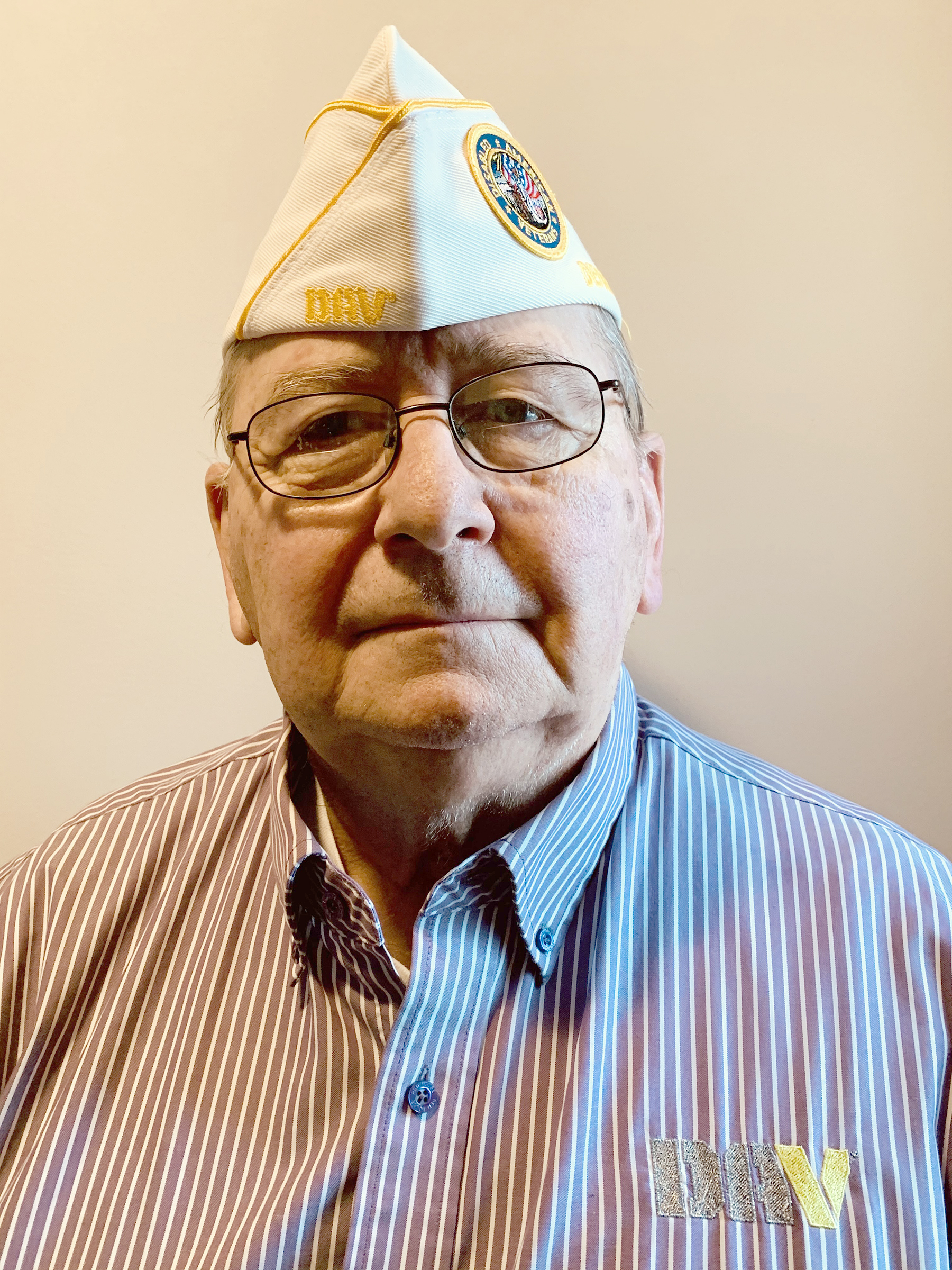On February 3, 2022, the Independent Budget Report (IBR) for Fiscal Year (FY) 2023, published by the Disabled American Veterans (DAV); the Paralyzed Veterans of America (PVA) and the Veterans of Foreign Wars (VFW), was officially released to Congress.
The IBR indicated that the Department of Veterans Affairs will need a twenty-three (23) percent increase in funding over the latest White House request for priorities. These priorities include the Program for Comprehensive Assistance to Families of Caregivers (PCAFC); mental health services and homeless veterans’ assistance.
The 20-page IBR indicates that the billions in funding is still needed in FY 2023, just to keep pace with the health care and support services for veterans and their families. The White House budget request for FY 2022 was $270 billion.
The VA Budget in 2001 (prior to 9/11) was about $45 billion. In FY 2011, the FY Budget was $125 billion, and in FY 2021 it was $245 billion. The release of the also IBR directly coincides with the Administration’s VA Budget Plan for FY 2023, which is normally released in March of 2022.
The IBR requests $490 million dollars above the White House request for the PCAFC; $3.8 billion for major/minor construction programs; $288 million dollars additional funds for mental health/suicide prevention services; a $160 million dollar increase in health care for female veterans and minorities; $1.8 billion dollars to fill the gap in clinical care and support vacancies in Veterans Health Administration (VHA); and $395 million dollars more for Homeless Veterans Programs.
The IBR indicates that the increases in funding are a real assessment of the health challenges ahead for the VA as it serves veterans. The added $1.8 billion dollars would address the high number of staff vacancies caused by “burn-outs” and retirements.
“As we enter into 2022, COVID’s impact remains a challenge for VA, with the spread of the virus and disruptions to the health care systems continuing,” said the Executive Director of the DAV’s Washington Headquarters Randy Reese.
“In this environment,” concluded Executive Director Reese. “We made cautious recommendations (in the report) based upon historical trends to ensure the needs of our nation’s ill and injured veterans are met.”
In focusing just on the PCAFC, the IRB cites a 2021 court ruling (Beaudette v. McDonough) that offers every veteran and caregiver the right to appeal any past or future decision related to participating in the PCAFC. The VA is now sending notifications to every veteran/caregiver their appeal rights.
At the same time, under Public Law 111-163, Phase One, the eligibility for participation in the PCAFC is now open to Vietnam veterans and earlier conflicts. This has caused an increase in the number PCAFC applications. In 2021, there were a total of 107, 000 applications submitted.
Phase Two, the veterans serving between 1976 to 2001, is set to start in October of 2022. The new rules require the VA to reassess all approved participants currently in the PCAFC program, according to new eligibility standards. This has caused over 6,700 PCAFC participants to receive termination letters because they do not meet the new eligibility regulations
Although the VA indicates it is on track to hire the authorized new staff, the work of restructuring the Caregiver Appeal Program (as required by the Beaudette v McDonough decision) and with new procedures mandated by the Appeals Modernization Act, has been a challenge for VA’s staff.
In order to allow VA to meet these new requirements without negatively impacting the program, the IBR recommends hiring 100 new employees dedicated to appeals work. This factor requires that $10 million be added to the program’s budget.
The IBR also requests that the Phase Two expansion of the PCAFC was estimated by VA to require an additional $480 million in FY 2023 to cover the cost of caregiver benefits and increased staffing. The IBR recommends that this be added to the PCAFC.
My Opinion: Granted, the VA is a massive structure with well over 412,000 employees operating the Veterans Health Administration (VHA); the Veterans Benefits Administration (VBA); and the National Cemetery Administration (NCA). It serves over 9 million veterans each year in 1,293 health care facilities.
However, the bottom line is that the Department of Veterans Affairs (VA) needs more funding to provide for the pressing needs of veterans than that anticipated or requested by the VA. The comprehensive, detailed scope of the research in this Independent Budget Report is definitely a credit to the three (3) veteran service organizations that authored the document.
For years, the VA and Congress had failed to adequately fund programs relating to disabled veterans and their needs. In fact, the VA fought against veterans in cases of the Blue Water Navy Vietnam Veterans and currently the Airborne Toxic Open Burn Pits in Afghanistan, Iraqi and other places.
Yes, the VA has squandered money on projects like the Hospital Complex in Denver (in 2015) which was labeled the “biggest construction failure in the history of the VA.” (For the record, the construction project started out as a simple $328 million dollar project and eventually cost over $1.73 billion dollars.) But that was in the past!
Today, I am hoping that Congress and the White House will look at the situation not as a simple “veterans’ wants and veterans’ needs” discussion but as a “veterans’ needs and veterans’ earned” discussion. That is, provide the funding that the disabled veterans earned from their service and their sacrifice!
John Plahovinsak is a 32-year Army retired veteran who is the current Legislative Chairman of the Disabled American Veterans (DAV) Department of Ohio. He is a Life Member of the DAV and the Veterans of Foreign Wars (VFW). He can be reached at: plahovinsak@msn.com.

